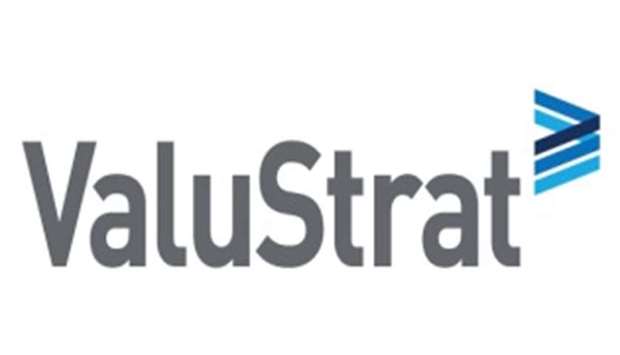Qatar’s agreements with some 14 food companies signed last month to raise the State's strategic stock of food commodities, are considered sufficient to cover demand for a year, according to researcher ValuStrat.
During March and April, “limited hindrances” to food supply chain was observed due to the existence of buffer stocks, while there were some major readjustments to non-food supply chain due to existence of strict social mobility measures in exporting countries, it said.
In the medium-term, ValuStrat said, “When the retail market will be in recovery stage, reliable routes will have to be established in order to contain the shortage of stocks and maintain a steady flow of goods. There might be increased reliance on local manufacturers to fill the gap particularly for essential products.”
In its report titled ‘Covid-19 and the Qatar Retail Market’, ValuStrat noted retailers of non-essential products will have to realistically forecast sales in the medium term to take into account changes in consumer demand in order to adjust supply chain routes so shortages or inventory built up can be avoided.
“Logistical challenges might also arise in the coming months. There is a projected fall in the workforce within the short to medium-terms, and due to the existence of social mobility measures, logistical footprint will have to be planned out in order to reduce delays in ‘last mile’ deliveries to consumers. In addition, more businesses will be looking into E2E (End to End) or O2O (Online to Offline) supply chain visibility and resilience. All of this will have to be taken in account, to make necessary changes in supply chain and support the growing e-commerce sector,” ValuStrat said.
On the country’s food and beverage sector, it said, “restaurant dining might not suddenly increase during the recovery stage, as consumers might be wary of being in densely populated areas.
“The demand for take-away has been observed to be high in the past two months. Therefore, in recovery stage, it is projected to reach pre-pandemic levels. There has been an observed demand for at home food consumption during March and April. This is projected to continue in the medium term as well, with consumers likely to spend more on food delivery, groceries and prepared food.”
ValuStrat said, “This is a financially challenging time for many restaurant retailers, especially for the ones who rely on ‘Dine in’ for a major portion of their revenue. In the medium-term, there is a high probability that restaurants may not be able to sustain further revenue losses and decide to dissolve operations.
“However, countermeasures can be taken by businesses to avoid such situations such as strict cash flow oversight, use of relevant policies to reduce financing costs, disposal of non-core assets and faster business transformation (development of online sales channels).”




